Tesla appears to be planning a shift away from its once groundbreaking EVs to put more focus on a line of robots and robotaxis but that has generated some significant pushback from investors who question the new business model announced by CEO Elon Musk during a flashy Hollywood rollout last week.
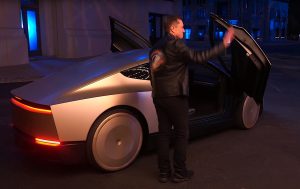
Tesla CEO Elon Musk gets into a waiting Cybercab, which drove him to a stage for the presentation — without a driver.
If Tesla CEO Elon Musk has his way, the nation’s roads soon will be filled with self-driving Cybercabs and Robovans, while homes and workplaces will increasingly depend upon on humanoid Optimus robots.
The long-awaited debut of the new technology made plenty of splashy headlines with visuals enhanced by the fact that the event was staged on a Hollywood movie lot. But the response among investors has been far more tepid, Tesla shares tumbled late last week and only making up a slight bit of ground by midday Monday. Industry analysts were highly skeptical of Musk’s new vision, questioning whether it might ever prove a reality — or, more importantly, a profitable one.
The ”basic strategy is flawed,” warned Ross Gerber, a traditional Tesla bull and CEO of investment firm Gerber Kawasaki.
We robot
Musk has long promoted a vision in which robotics and AI would become an essential part of daily life. Most of the vehicles Tesla now sells are equipped with either the Autopilot or Full Self-Driving technologies which, the CEO has long promised, eventually will allow for fully hands-free driving.
But, during the “We, Robot” presentation Oct. 10, Musk laid out a much broader vision, starting with the Cybercab and Robovan. The former is a 2-seat, fully driverless cab that would roam American roadways, much like today’s Uber or Lyft vehicles. If anything, they’d obviate the need for owning a personal vehicle, “And we’ll make this this in big, very high volume,” Musk stressed.
Optimus robots, meanwhile, would also be produced in high volume, Musk laying out a world in which virtually everyone might have one in their homes, while others would find a place in offices and factories.
“A crucial mistake”

Musk rarely shows just one thing at an event, and the Cybercab show was no different as he also unveiled a 20-passenger self-driving van he called the robovan.
But not everyone is convinced this vision will come to pass. “I think they’re making a crucial mistake,” Gerber said in a presentation on the Schwab network.
He cited a variety of concerns, as did other skeptics. These included the lack of a steering wheel and other controls in the Cybercab, for one thing. Critics also questioned whether there really would be the sort of market for such vehicles that Musk has projected. And, several noted, there’s likely to be some serious competition from the likes of Google spinoff Waymo and General Motors’ Cruise.
“That’s it?” said analyst Adam Jonas of Morgan Stanley, another traditional Tesla bull, after seeing the Tesla presentation.
More Tesla News
- Tesla Cybercab Highlights Elon Musk’s Glimpse into Future
- Is Musk’s Political Shift Hurting Tesla Sales
- For Tesla Cybertruck, 10 Months Bring 5 Recalls
A difficult target
There are a variety of reasons why observers might be skeptical of Musk’s promise to start creating his new robotic world. To start, he promised to begin delivering the first Cybercabs in 2026, a very short timeframe to bring such dramatic new technology to the market.
And that’s all the more suspect considering Tesla’s history of routinely missing its production targets. It is almost always a year or two late. The one time it nailed its mark with the Model 3 it ran into what Musk called “production hell,” so severe it took nearly a year to overcome various issues.
More to the point, Tesla has yet to bring out the truly hands-free version of its Full-Self Driving system, despite repeatedly promising it was just “a year away.”
The latest promises “are difficult to believe,” according to a research note from Piper Sandler.
Tight margins
Another question that concerns analysts and investors: how will Tesla make money.
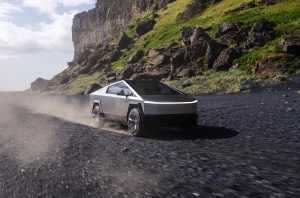
Musk still has new vehicles that are in growth mode, but he sounds disinterested in the EV business to some observers.
The Cybercab, for example, is expected to start at less than $30,000, Musk indicated. Only a handful of EVs today come in at under that mark — and then only after factoring in federal tax incentives.
Optimus, meanwhile, is expected to cost about the same amount. How many homes could afford — never mind want — a humanoid robot for that price is far from unclear.
What really seems to worry observers is the possibility that Tesla is setting itself up to start downplaying the key product that has made it the most valuable automaker in the world: its EVs.
Even with so much new competition it remains the world’s bestselling manufacturer of battery-electric vehicles. But Musk almost seems to be growing tired of that business, several observers suggested. And there’s no guarantee that the new lineup he’s creating will be anywhere near as successful.

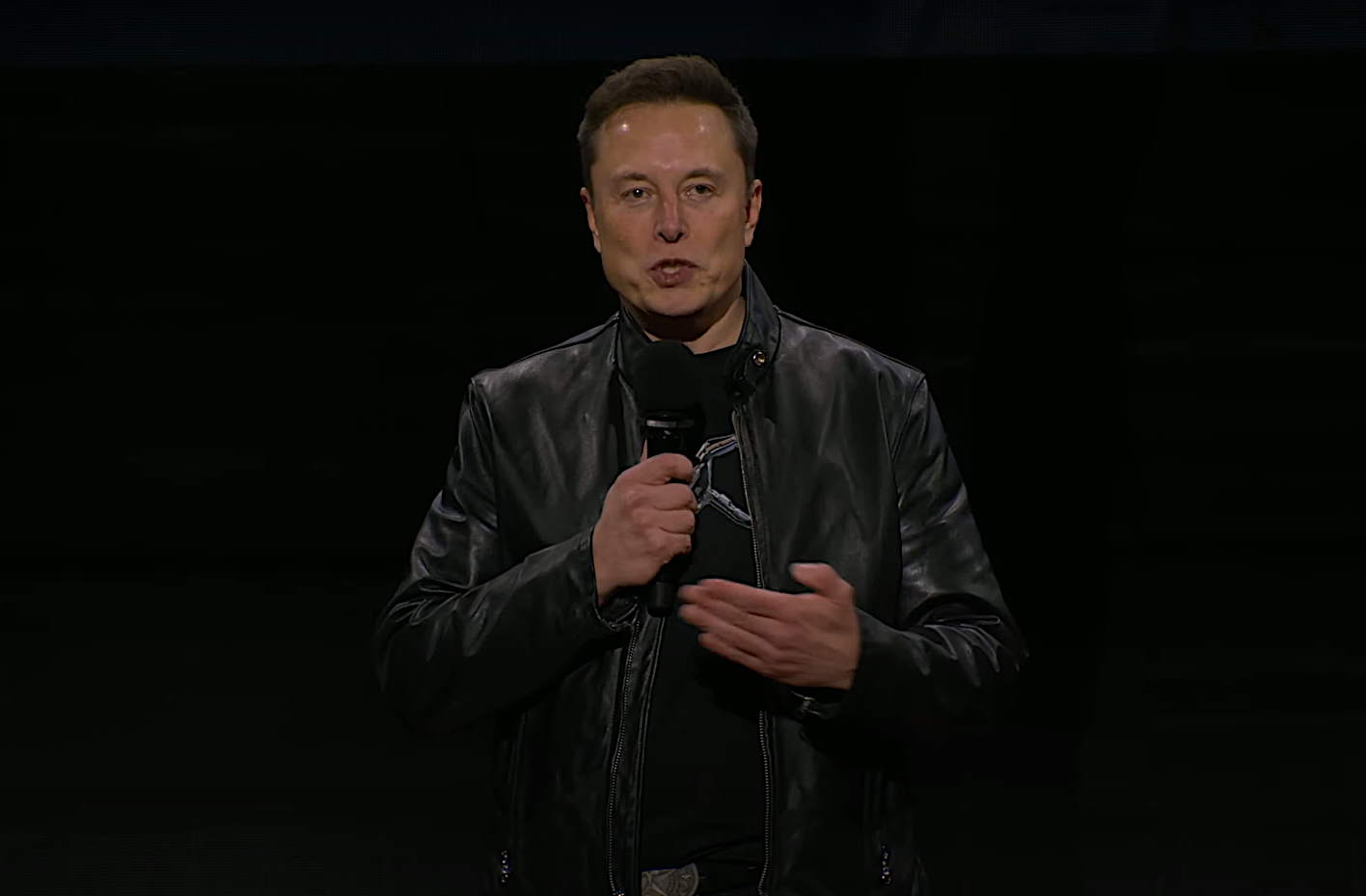
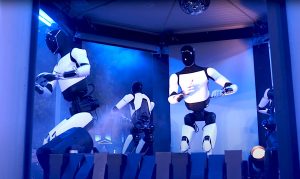


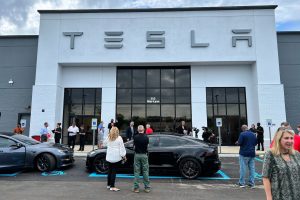
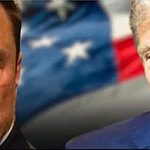
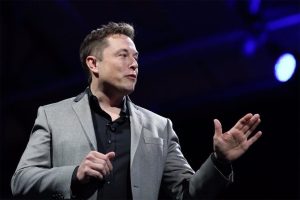
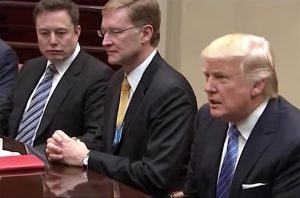
If I were to pick between Musk and a bunch of guys who never produced anything, guess who I would pick?